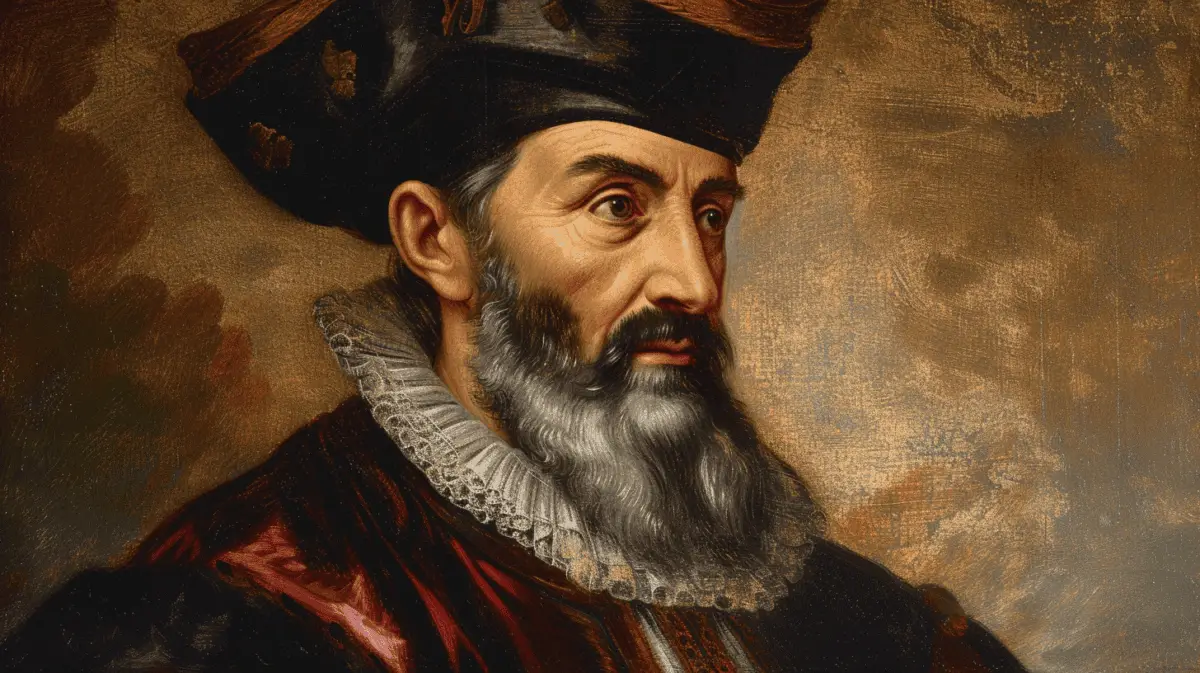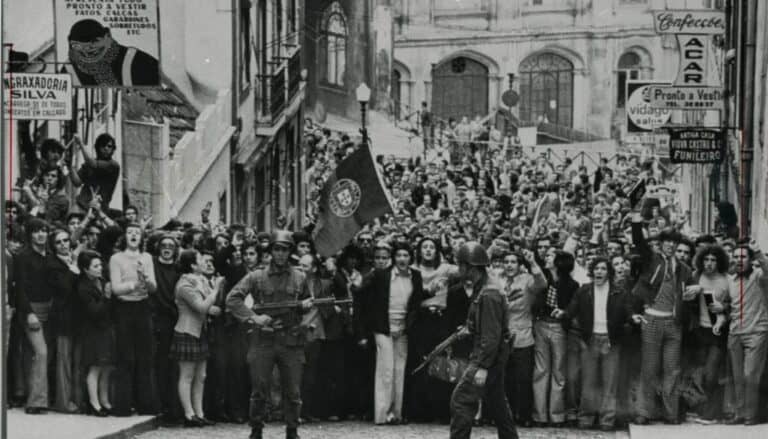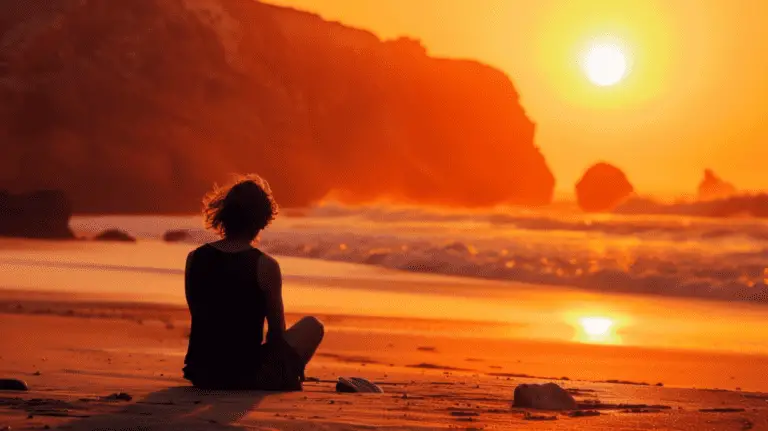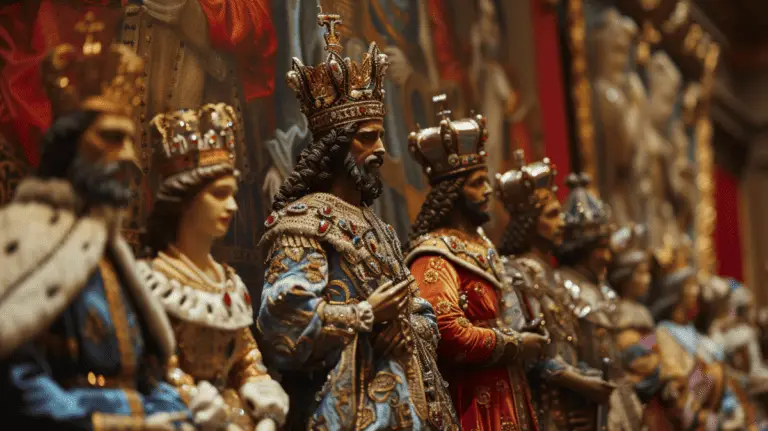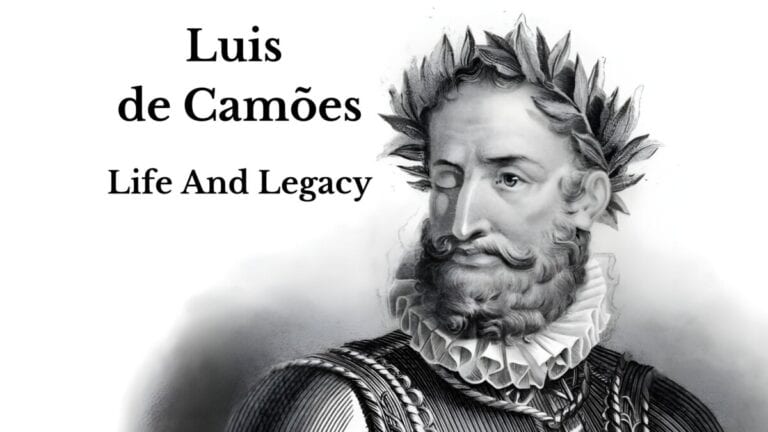Vasco da Gama: Pioneer of the Seas
In the late 15th century, Vasco da Gama, a Portuguese sailor, embarked on an extraordinary voyage that would make him a legend. His mission was groundbreaking: to find a sea route to India. This journey was not just about finding new lands; it was about connecting worlds, cultures, and economies in ways never imagined.
Early Beginnings
Vasco da Gama was born in Sines, Portugal, around the 1460s. Growing up during Portugal’s Age of Discovery, da Gama was drawn to the sea. Portugal’s coastlines, teeming with shipyards and tales of explorations, shaped his dreams and destiny.
A World Awaiting Discovery
Europe was buzzing with tales of distant lands filled with spices, gold, and unimaginable wealth. However, reaching these lands meant navigating unknown, dangerous waters and finding a way around Africa to the Indian Ocean. This challenge was what Vasco da Gama set out to conquer.

The Epic Voyage
In 1497, da Gama and his crew set sail in four ships. The journey ahead was fraught with risks, from violent storms to unknown diseases. Yet, the promise of reaching India and securing a trade route for Portugal drove them forward.
Charting the Course
Da Gama’s route took him from the shores of Portugal to the coast of Brazil, around Africa’s Cape of Good Hope, and finally to the shores of India. It was a journey that tested the limits of their endurance.
- Cape Verde: The last outpost before the Atlantic.
- Cape of Good Hope: A turning point into the Indian Ocean.
- Calicut: Their destination in India, where they arrived in May 20, 1498.

Obstacles Along the Way
The voyage was anything but smooth. Da Gama and his crew faced numerous challenges:
- Storms: The seas were treacherous, with waves that threatened to swallow their ships whole.
- Scurvy: A lack of fresh food caused illness among the crew.
- Unknown Territories: Every new landfall brought uncertainty and potential danger.
Impact of the Voyage
Reaching India was a monumental achievement. It opened up direct trade routes between Europe and Asia, bringing spices, silks, and other valuable goods to European markets. This not only made Portugal a dominant maritime power but also changed global trade forever.
A New Era of Trade
The success of da Gama’s voyage had far-reaching effects:
- Economic Growth: Portugal became a key player in the spice trade, enriching its economy.
- Cultural Exchanges: The voyage led to interactions between diverse cultures, influencing food, art, and society.
The Downside
However, this era of exploration also had its dark sides. It marked the beginning of European colonialism in Asia and the exploitation of its peoples. Vasco da Gama’s voyages, while groundbreaking, were also the first steps towards centuries of colonial rule.
Da Gama’s Later Years
After his historic first voyage, da Gama made two more trips to India. In his final journey, he was appointed Viceroy of India by the Portuguese king, a position he held until his death in Cochin in 1524. His legacy, however, lived on, influencing generations of explorers and navigators.
Vasco da Gama’s Legacy
Vasco da Gama’s voyages are a testament to human curiosity and determination. He bridged continents, cultures, and economies, shaping the modern world in ways that are still felt today. His story is a blend of adventure, innovation, and the complex history of exploration.
Remembering the Explorer
While Vasco da Gama is celebrated for his achievements, it’s important to remember the broader consequences of his voyages. They remind us of the power of exploration to transform the world, for better and for worse.
A Journey That Changed the World
Vasco da Gama’s journey to India was more than just a maritime achievement; it was an event that reshaped the world. It showed the power of human ambition and the drive to explore the unknown. Da Gama’s legacy is a story of discovery, connecting distant lands and peoples, and opening up new paths for future generations.
Quick Facts About Vasco da Gama’s Journey
- Departure: 1497 from Lisbon, Portugal
- Arrival in India: 1498 in Calicut
- Return to Portugal: 1499, bringing spices and tales of the East
The Lasting Impact
- Trade: Revolutionized the spice trade, bringing wealth to Portugal.
- Exploration: Paved the way for future explorations around the globe.
- Cultural Impact: Led to the exchange of goods, ideas, and cultures between continents.

Spices That Changed the World
- Pepper: The king of spices, driving European explorers to the seas.
- Cinnamon: Sought after for its flavor and preservative qualities.
- Cloves: Prized for culinary and medicinal uses.
- Nutmeg: A luxury spice, valued for its taste and supposed healing properties.
Sources Used For this article:
BBC – How spices changed the world
Britannica – Vasco Biography
D Vasco da Gama E A Villa da Vidigueira Estudo Historico by Aragão Augusto Carlos Teixeira 1887 (Sociedade de Geografia de Lisboa)

